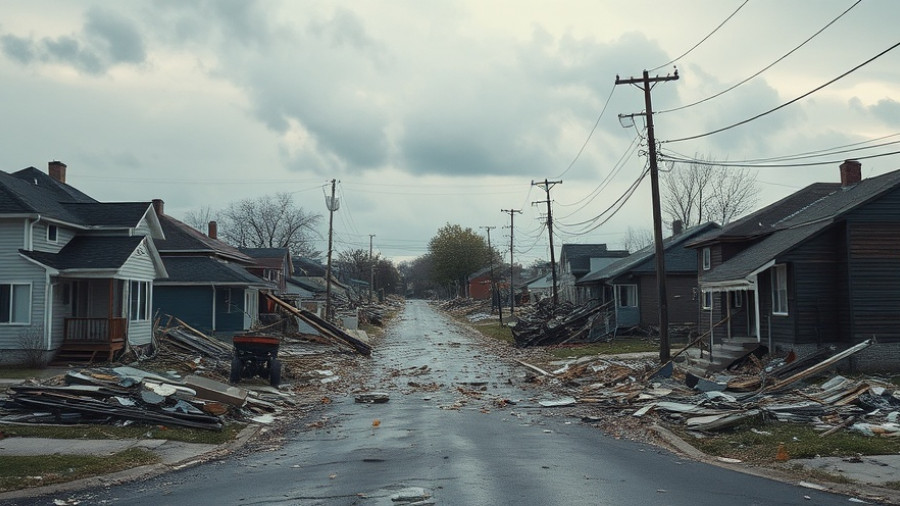
A Historic Ruling Against Chemical Giant Monsanto
In a landmark decision, the Washington State Supreme Court has reinstated a profound $185 million verdict against Bayer's Monsanto unit, marking a pivotal moment in product liability litigation. The verdict stems from a case involving three teachers from Sky Valley Education Center, Monroe, who suffered severe health issues due to exposure to polychlorinated biphenyls (PCBs), toxic chemicals manufactured by Monsanto. This decision not only underscores the responsibility corporations have concerning public health but also highlights the ongoing battle against the repercussions of hidden dangers in consumer products.
The Reality of PCB Exposure
PCBs were widely utilized until their ban in 1979, found in various industrial materials such as electrical equipment and building fixtures. The dangers of these substances were known to many, including Monsanto, yet the company continued production until the ban, leaving a legacy of contamination. The ruling signifies a collective stance, not just on behalf of the affected teachers but also for the over 200 community members—including students and parents—who claim to have developed serious health conditions like cancer due to PCB exposure from the school.
Legal Implications of the Ruling
This ruling reestablishes a significant precedent in product liability cases within Washington State. By applying Missouri law—where Monsanto was headquartered—regarding punitive damages, the court sent a bold declaration that the intentional concealment of harmful product risks will not go unpunished. Legal experts indicate that this might lead to a surge in similar lawsuits across states where toxic exposures have occurred.
Insights from the Plaintiffs' Journey
The journey toward this ruling was not easy for the plaintiffs. Michelle Leahy, one of the affected teachers, remarked that their concerted efforts over the years to highlight their concerns were met with resistance. This sentiment echoes the frustrations faced by many who step forward against powerful corporations, often feeling lost in complex legal labyrinths. Their endurance has brought not only personal vindication but also broader implications for community health advocacy.
Impact on Future Legal Cases
The ruling could rejuvenate similar claims in the pipeline against Bayer and may inspire future plaintiffs to bring forth cases related to long-term exposure to hazardous materials. The implications extend beyond just legal precedents; they could push public institutions and regulators to undertake essential building assessments to ensure safety from similar environmental hazards.
Public Awareness and Health Safety
The ruling sheds light on a crucial public health issue: the ongoing presence of toxic materials in our schools. While Washington state has allocated funds to begin PCB testing in schools, only a handful of districts have engaged with this initiative. This highlights a significant gap in community health safety commitments, suggesting further lobbying for regulatory changes is necessary.
Taking Action: Community Involvement and Legislative Pushes
For communities grappling with the implications of hazardous chemicals in infrastructure, the ruling serves as a rallying point. Advocacy groups are pushing for comprehensive legislation aimed at stringent environmental safety standards, heightened awareness of chemical exposure risks, and more robust health studies assessing the long-term effects of such toxins.
Conclusion: Hold Corporations Accountable
This ruling isn't just a legal victory; it's a call to action for all communities impacted by corporate negligence. Transparency and accountability must be the standard for chemical manufacturers to protect public health effectively. If you or someone you know has been affected by toxic exposure, it’s imperative to understand your rights and pursue justice. Know the steps necessary to file an insurance claim if you've been impacted – whether through health conditions or property damage claims. The journey may be daunting, but support is available.
 Add Row
Add Row  Add
Add 




Write A Comment